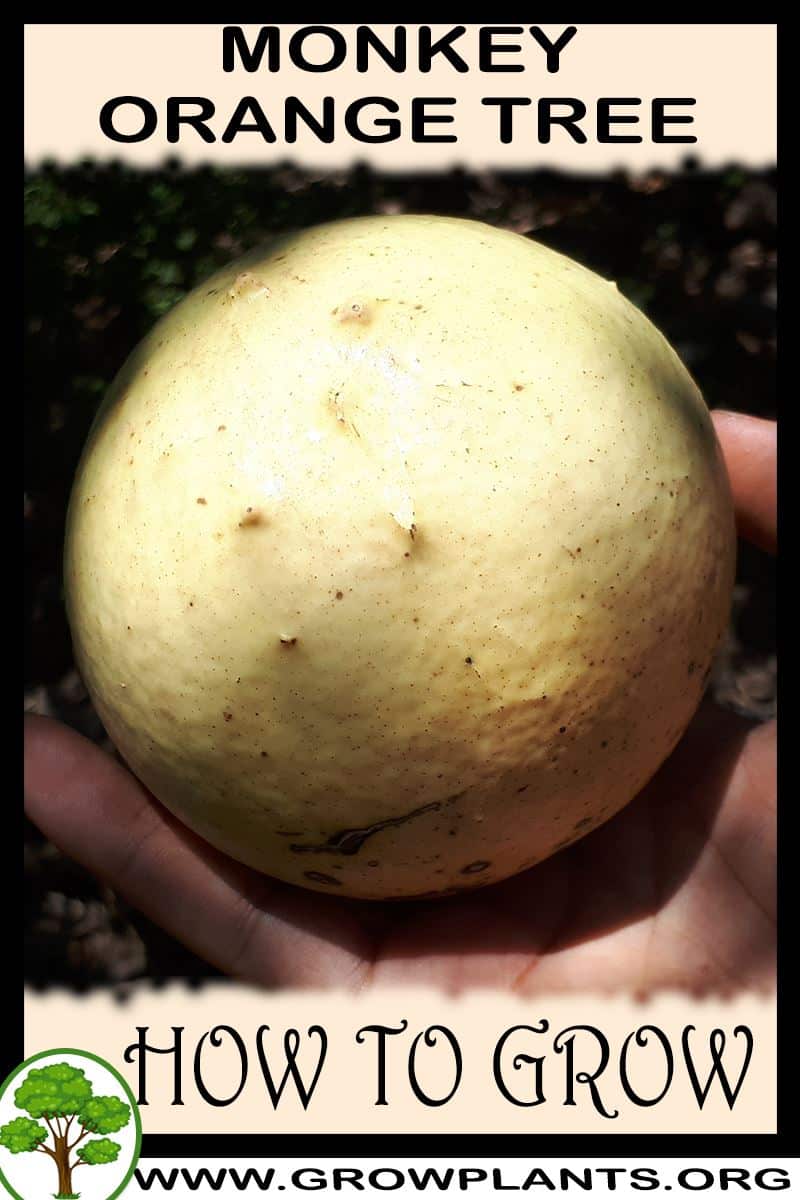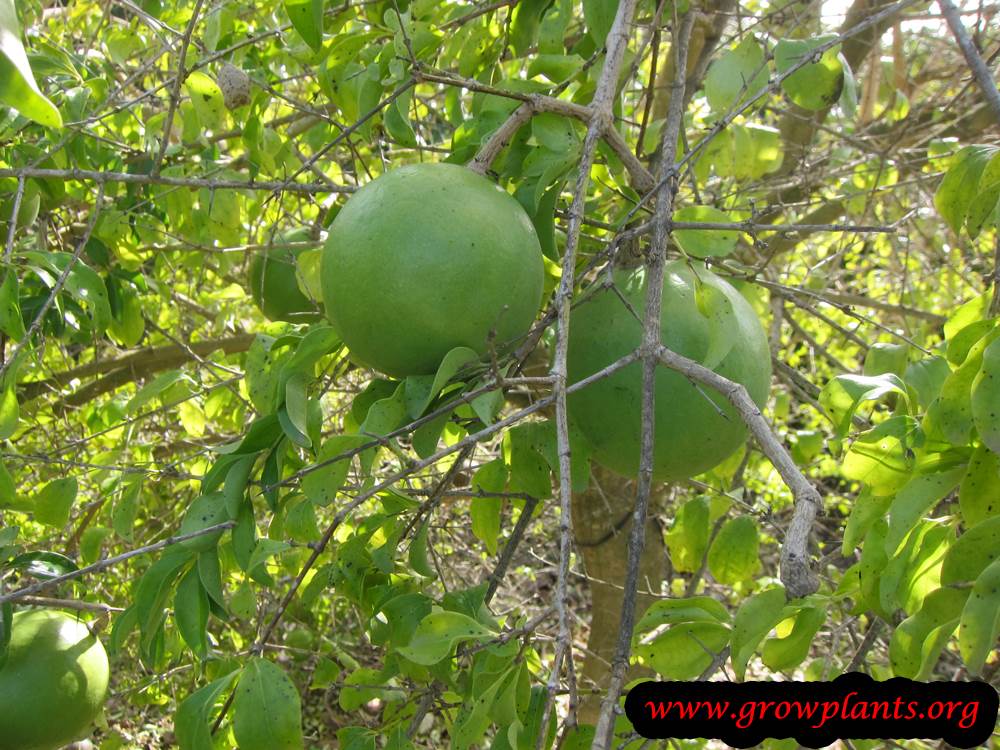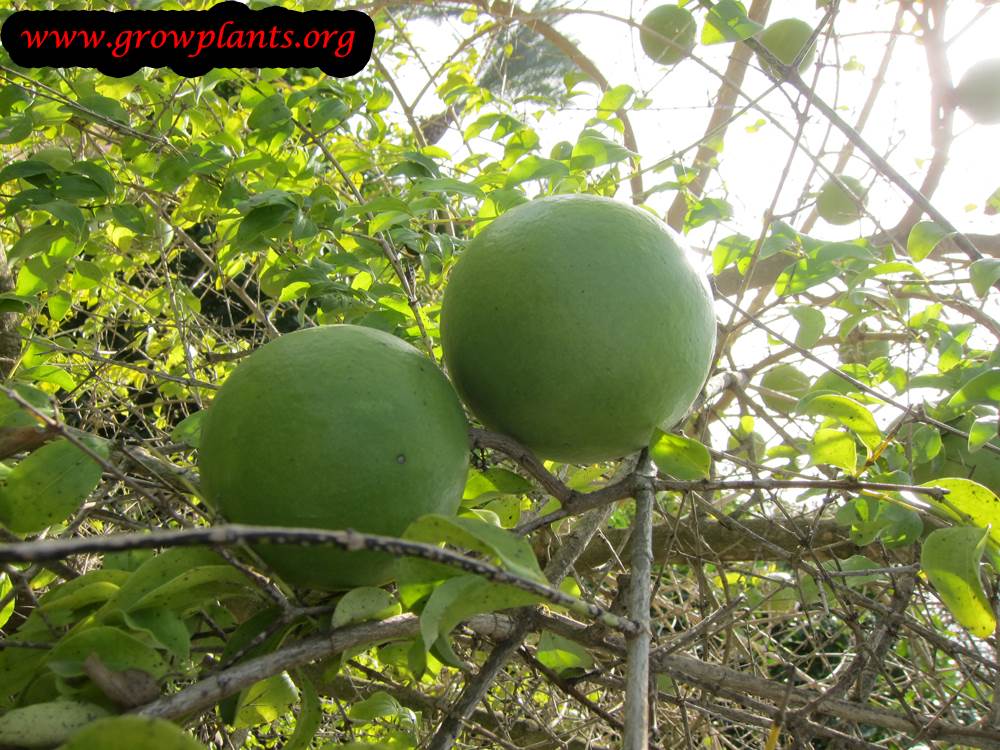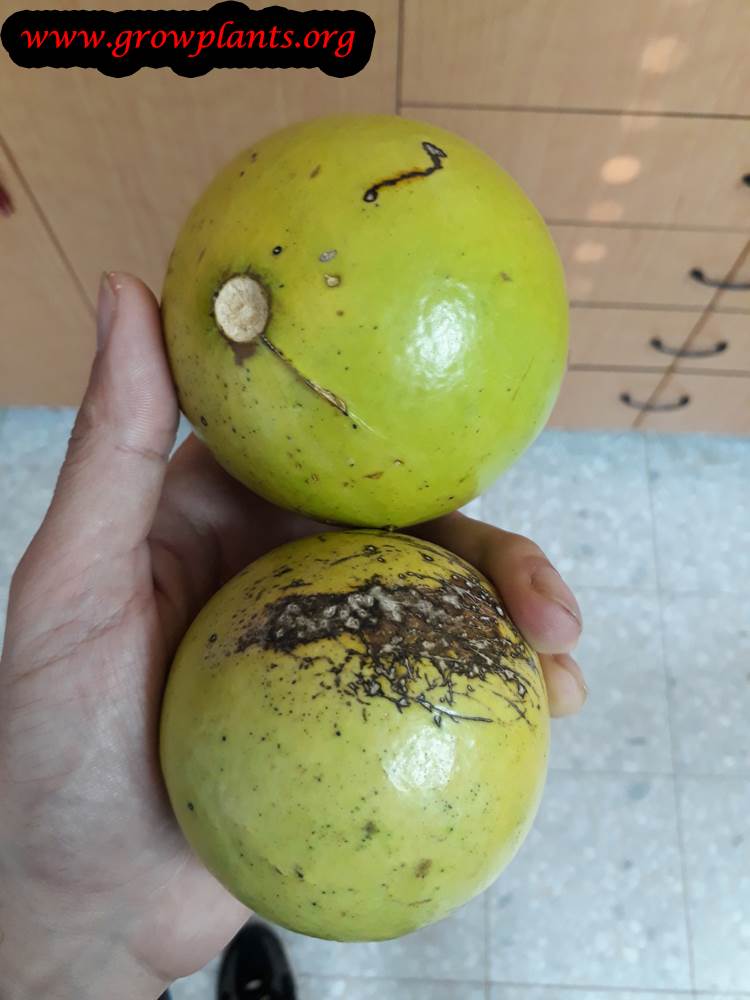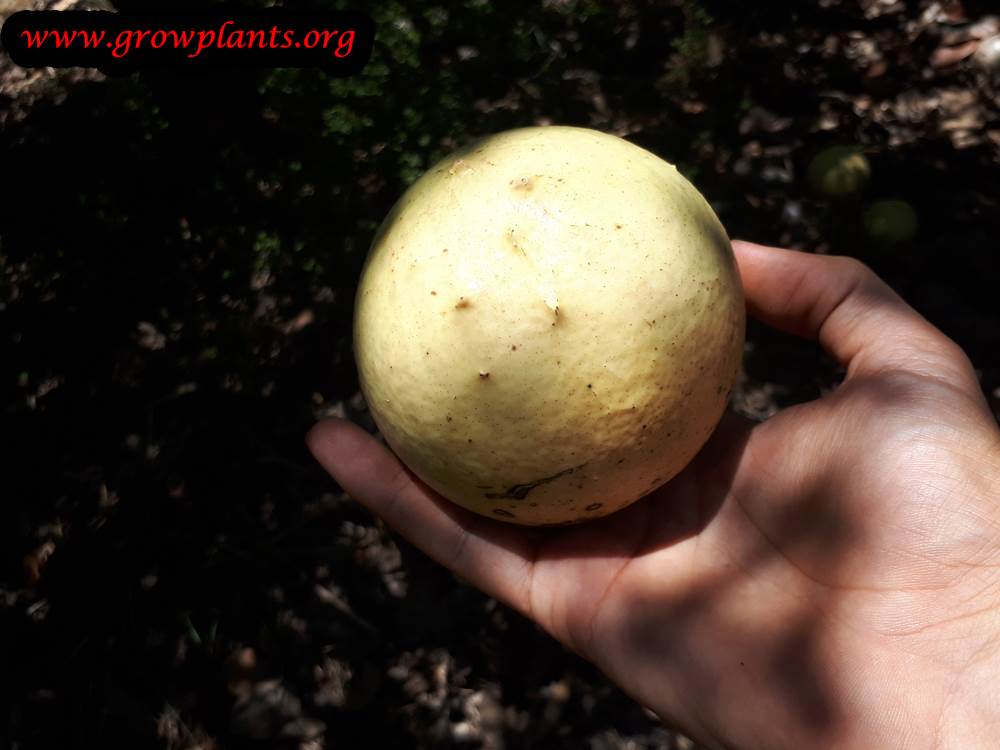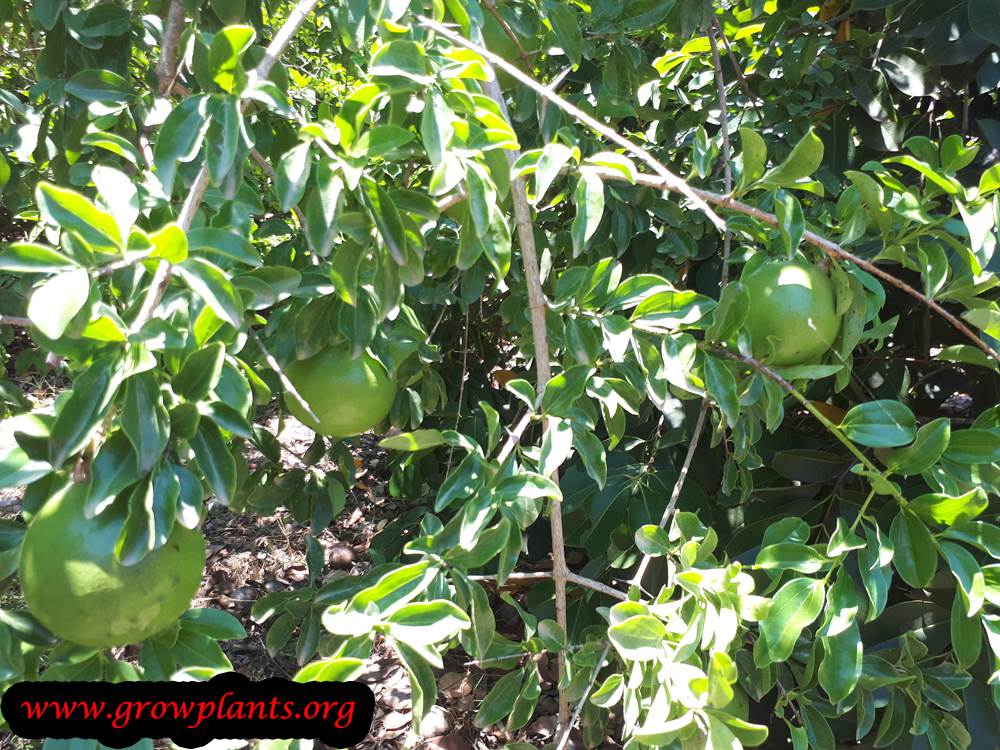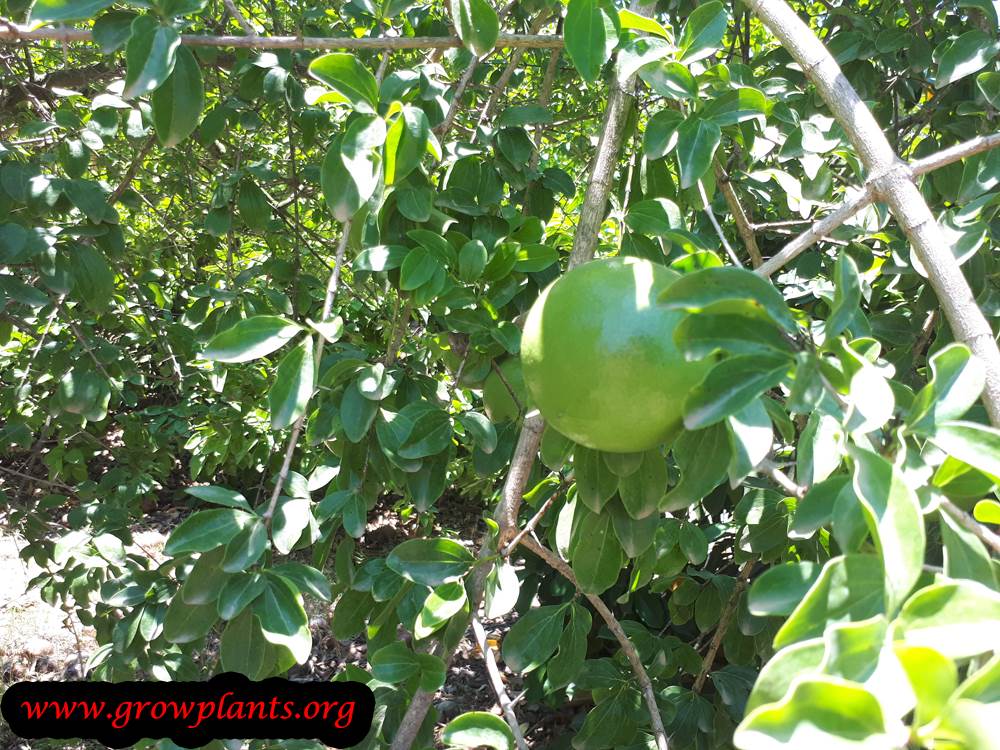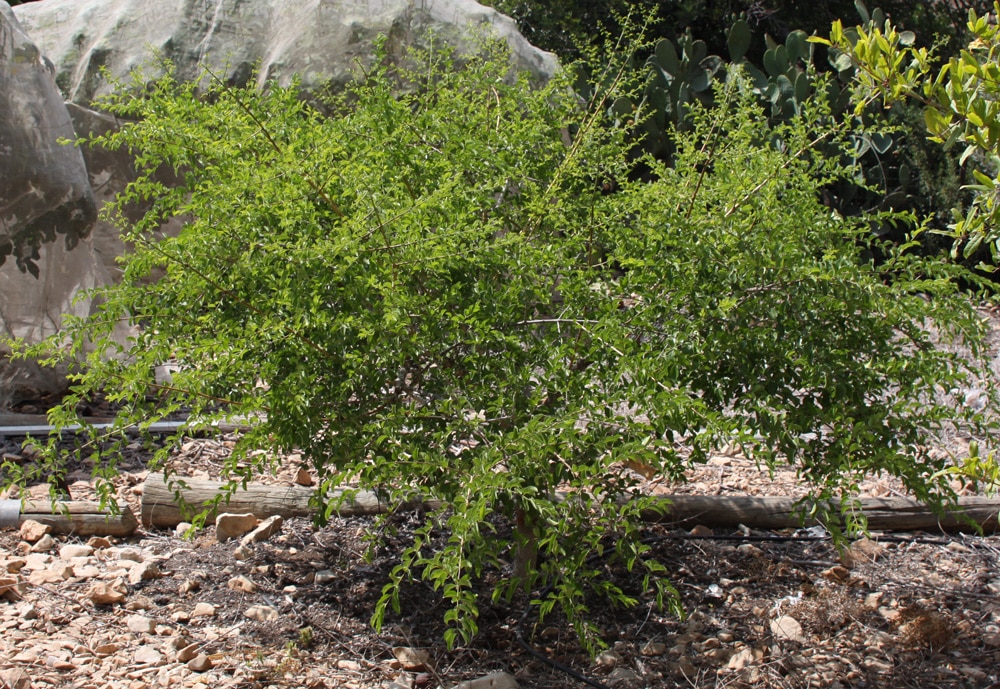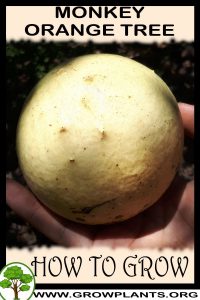
Monkey orange tree grow and care – tree of the genus Strychnos also known as Strychnos spinosa, Monkey orange tree perennial deciduous plant that grow for the edible fruits, the plant drought tolerant for long period but need water to bear fruits, can grow in subtropical, tropic, mediterranean or desert climate and growing in hardiness zone 10b+ and with the right care in hardiness zone 10a.
Leaves color green in oval shape.
Flower color yellow, small flowers grow in clusters.
Monkey orange fruit
Fruit edible, color of the peal green to yellow-orange, the shell strong and protect the fruits inside, the fruit soft and each fruit cover seeds, the seeds are strong and not edible, flavor resemble to shake of kiwi and banana, fruit harvesting it’s collecting from the ground no need to pick up from the trees.
Monkey orange tree for sale – Seeds or Plants to Buy
How to grow Monkey orange tree growing and care:
Well-drained soil, male and female tree or just female that don’t need male tree to bear fruits,
How to care:
Increase the water in the fruits season, when the tree young important to cover with mulch
What is the best way to start growing?
Plant / Seeds (sow and care explanation bellow) / Air layering / Cutting
Is it necessary to graft?
Yes in order to get fruits need male and female possible to graft on the same tree, also possible to graft female that can bear fruits without male, fruit can be more juicy and bigger
Difficulties or problems when growing:
Spiny
When is the best time to plant?
Spring in hardiness zone 10a, spring to autumn in hardiness zone 10b-11, all year in hardiness zone 12+, in hot summer above 40C better not to plant in the summer
How to plant:
Dig a hole as deep as the current root ball plus extra 20-40%, put in the hole organic matter, and dried leaves and mix it with some soil, better that the soil will be well ventilated, put the plant and loos little bit the root ball above the hole, plant and cover it and don’t push the soil too much strong but not too much lightly, after planting put mulch to keep moist on soil, put small amount of water do not over water, for the next two weeks put every 2 days (better in the morning) ,
Pests and diseases:
Aphids
Pruning season:
Winter / Spring
How to prune:
Just for design
Size of the plant:
2-5 m, 80-200 inches, 6-15 feet
Growth speed in optimal condition:
Fast growing / Average growing
Water requirement:
Small amount of water / Average amount of water
Light conditions in optimal condition for growing:
Full Sun / Half Shade
Is it possible to grow indoor as houseplant?
No
Growing is also possible in a planter /flowerpot / containers:
Planting in pot need to be at least 60-100L (16-26 gallons), need to keep the tree small, grow it as shrub or as bonsai, better to start with pot that 20% bigger than the root ball until the plant arrive to the desirable size of container, wouldn’t be recommend to start from big container on small tree, the plant not react well to overwater, every few years to switch the soil with big container there is no need to switch all just switch part and cut some of the roots ball (can switch from the side and the top of the pot), making enough holes in the container for good drainage also choosing soil for container important and need to be soil ventilated and maybe mix of sandy soil with other parts, don’t use bottom for the pot
Blooming information
Bloom season?
Autumn
General information about the flower:
Small yellow flowers grow in clusters.
Pollination is done by:
Bees
Edible Fruit
Fruit harvest season:
Winter / Spring
Fruits pests or diseases:
If not collected on time, rats, mice and worms
What can be done with big quantities of Monkey orange fruit?
Eat raw, jams, juice
Work requirements on the fruit:
Collect from the ground, if need to use for other things than to eat raw need to take the fruit from the seeds
How long does it take to bear fruit?
3-5 years
Ripening of fruit:
When fruits fall not always they ready to eat need to wait until the fruit will be ready
How to grow Henna plant seeds
Sowing requirement:
Easy to sow doesn’t require much
Saving and care seeds until sowing:
Dry and dark location, ignore the recommend to keep it in the refrigerator because the plants dislike low temperature
Sowing season:
Spring or autumn will be give better result and in hardiness zone 10a only spring
How to plant:
Need to be soil with good drain that not keep the water, just let them flow down
Planting spacing:
Better in different pots, but possible as shrub 2*2m (6*6 feet) and as tree 3*3m (10-10 feet)
Depth of Sowing:
3-5cm (1-2 inches)
Conditions for seeds germinate:
Full sun, with lightly moist soil
Watering requires for Seeds:
Small amount of water, lightly moist and do not overwater
Germination time:
3-10 weeks
Condition of seedling:
Water the seedling and let it dry between watering
Scientific name:
Strychnos spinosa
Categories
| Blooming Seasons |
|
|---|---|
| Edible Parts |
|
| Culinary uses |
|
| Flower colors |
|
| Climate |
|
| Harvest Season |
|
| Ornamental parts |
|
| Plant growing speed |
|
| Plant life-form |
|
| Plant Uses |
|
| Planting Season |
|
| Plants sun exposure |
|
| Watering plants |
|
| Hardiness zone |
|


